Tokyo's Aoto Heiwa Park: A Chance To Reflect On World Peace

Near Tokyo's Aoto station there's a special park that promotes peace and a nuclear-free world. For those unable to get to Hiroshima or Nagasaki, this is a unique opportunity to see and actually touch some remnants from the atomic bomb sites.
What is Aoto Heiwa Park (Peace Park)?
Aoto Heiwa Park (Peace Park) in Tokyo's Katsushika ward, was originally a typical park that you would find in any Japanese neighborhood. However, after Katsushika ward's official declaration for peace and a nuclear-free world, the park became a place for the promotion of world peace. Located in the center of the park is the nuclear-free peace cenotaph, symbolized by a statue of a young girl releasing a dove into the sky.
In the surrounding area, there's a nursery school, public elementary school and other facilities, so this is a park where the sound of children's voices can be heard. People walking their dogs and those coming to the park to exercise are also common sights.
Remnants from the Hiroshima and Nagasaki Atomic Bomb Sites
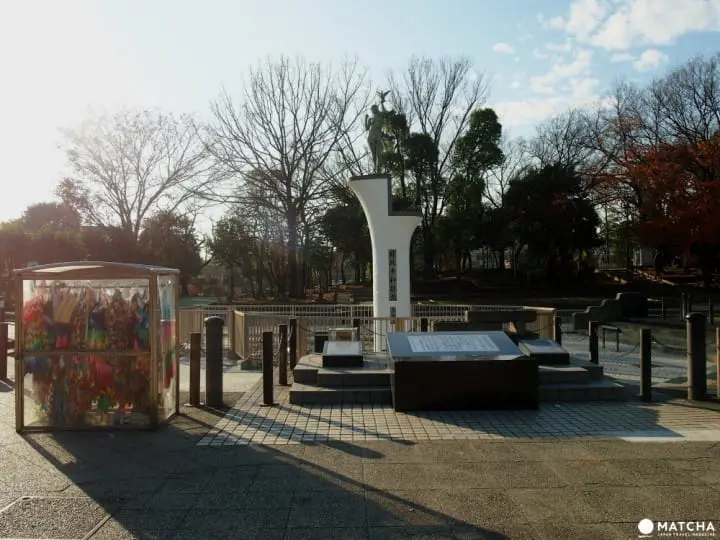
The statue of the young girl is surrounded by a fountain, which for the summer months only, becomes a children's water playground. Right in front of this statue, a symbol for peace, there are remnants of buildings bombed in Nagasaki and Hiroshima on display.
Bricks from a Private Home Bombed in Nagasaki
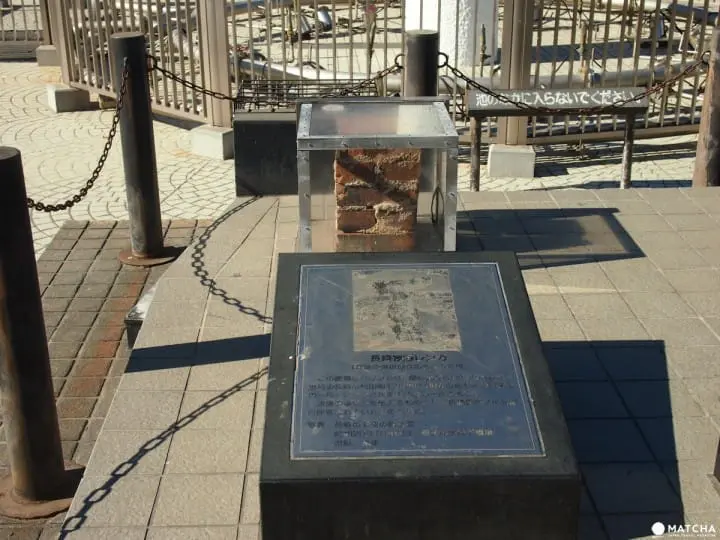
Directly to the right side of the statue (while facing the statue), bricks from the gate of a minka (private home) are on display (Nagasaki atomic bomb brick). This home was located only one hundred ninety meters from ground zero, when the atomic bomb was dropped at 11:02 am on August 9th, 1945. These bricks have been encased in glass and are off limits due to their fragile state.
Remnants from a Hiroshima Bridge
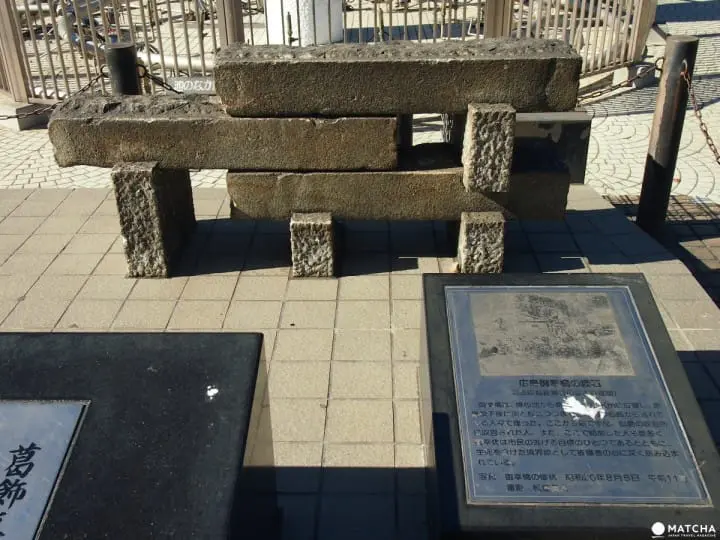
To the right of the bricks there are stone remnants of the curb portion of Hiroshima city's Miyuki Bridge. The bridge was located about 2.2 kilometers from the epicenter of the atomic bomb blast which occurred at 8:15 in the morning, August 6th, 1945. Shortly after the blast, many people crowded onto the bridge, and it was later referred to as the line between life and death, depending on whether one crossed or didn't cross the bridge.
With the rebuilding of the bridge years later, the Katsushika Association of Atomic Bomb Survivors inherited the stone remnants of the original bridge, and had them placed here in the park in a bridge-like arrangement. Visitors have access to the stones, so please feel free to touch them.
Folded-Paper Cranes Made by Local Residents
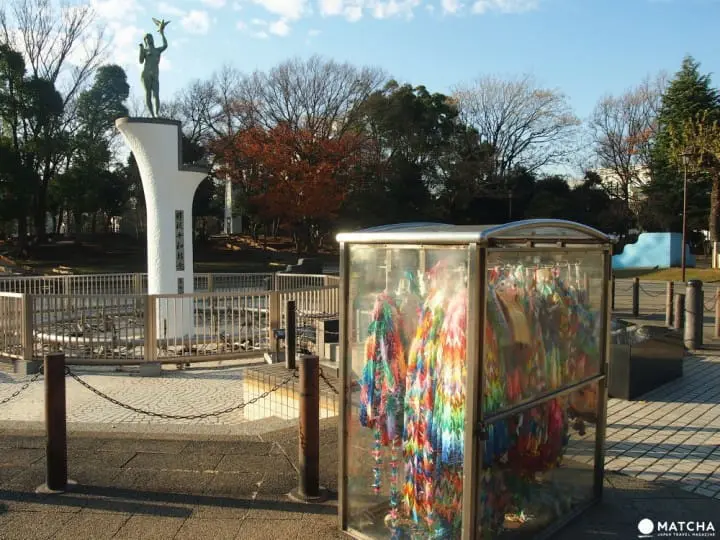
Also, to the far left, there's a collection of orizuru, or folded paper cranes (origami). These were made and donated by nursery school, elementary school and junior high school students, and also by staff from human welfare agencies in the Katsushika ward area. Attached to the various folded-paper cranes are tags showing the names of the different institutions which contributed to this display, making it evident that the promotion of peace is an integral part of the ward's education policy.
A Place for Worship Regardless of Religion
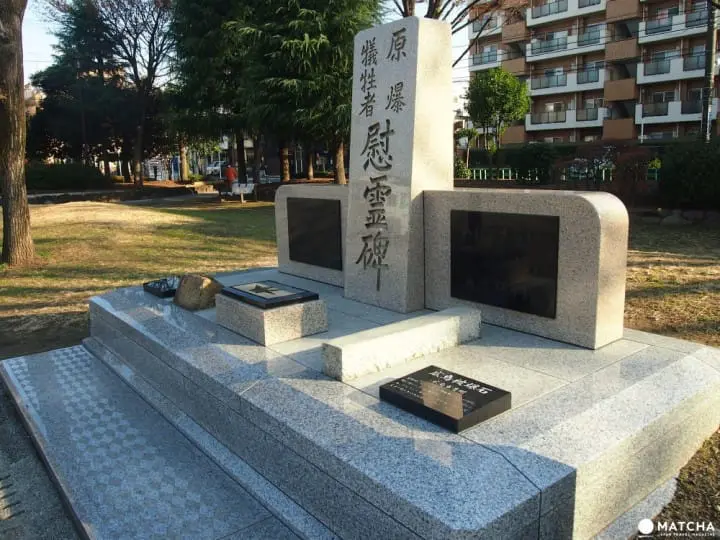
To the right of, and a little distance away from the orizuru glass display, is a cenotaph.
An atomic bomb site stone is enshrined at this cenotaph. In 2012, this stone was inherited from a Buddhist temple, Tokaiji Temple, located in Tokyo's Shinagawa ward. Putting the cenotaph and the stone in a public place for everyone, regardless of their religion, for many years was a deeply held wish by atomic bomb survivors and families of atomic bomb victims. Katsushika ward accepted their proposal and helped to make this wish become a reality.
An Atomic Bomb Site Stone Donated by Tokaiji Temple
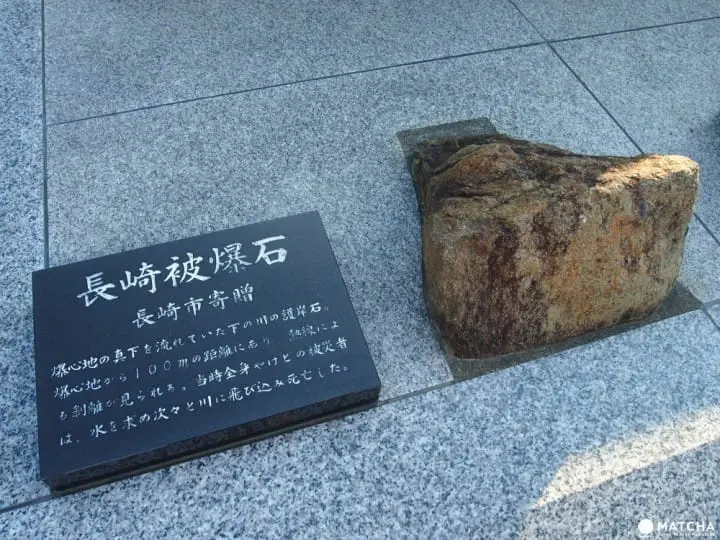
To the right of this cenotaph, there's a rock from the banks of a river that flowed right under ground zero of the Nagasaki atomic bomb blast. Since the stone was a mere one hundred metres from the blast's epicenter, traces of infrared rays can be seen on the surface of the stone. It's been said that many Nagasaki residents, whose bodies had been completely burned by the blast, were desperately seeking water and jumped into this river one after the other.
A Hiroshima Atomic Bomb Site Stone Gifted by Todaiji Temple
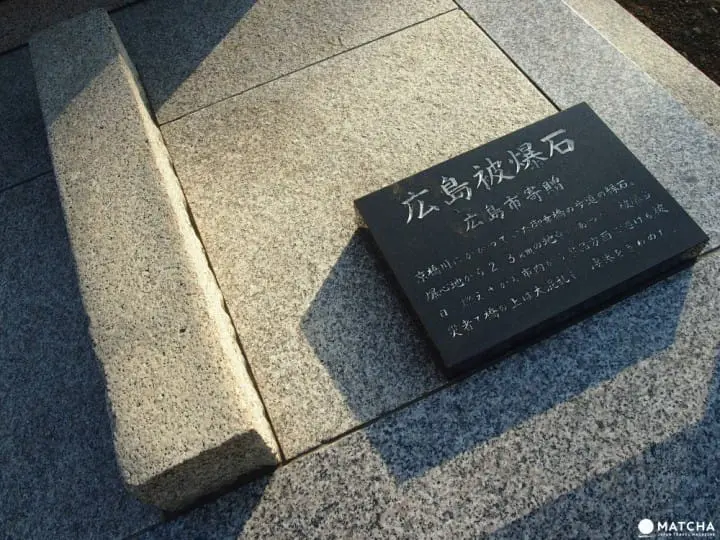
To the right are remnants of a bridge's curbstone. This bridge crossed over Hiroshima city's Kyobashigawa river, and was located 2.3 kilometers from the epicenter of the atomic bomb blast. Exactly like Hiroshima's Miyuki bridge, whose remnants lie in front of the statue of the girl, many bomb victims also rushed onto Kyobashi bridge amid all the confusion.
Touching these stones, which have come from two separate bomb sites, is permitted. While touching these stones with your bare hands, it's a good opportunity to take some time to think about the terrible destruction caused by the atomic bombs, and also about the events during that period in world history.
You May Also Like:
Hiroshima - Inside The Atomic Bomb Dome
Hiroshima Guide: Sightseeing Highlights, Cuisine And More
How To Travel From Tokyo To Hiroshima: A Thorough Comparison
Nagasaki Guide: Places To Visit, Festivals, Dining and More!
Ways To Travel To Nagasaki, The Doorway To Kyushu
What Kind of Town Is Aoto?
While heading from Narita Airport to Ueno and Nippori, or going in the direction of Asakusa, travelers often make use of the Keisei Electric Railway Line. If you hop on board Keisei Electric Railway's Limited Express Train there are no additional charges, so for 1030 yen you can make it all the way to Nippori Station. Here you can board the Yamanote Line, the train that does a loop around the central part of Tokyo. At less than half the price of the Skyliner (limited express fees) and the JR Narita Express, this is a very reasonable option.
Keisei Electric Railway's Limited Express Train only stops at a selected number of stations, and one of those is Aoto Station. It's located in Katsushika ward, one of Tokyo's traditional downtown areas, and the station itself is a hub that takes travelers to other parts of Tokyo. From Aoto Station, train lines branch out with one line taking passengers to the Ueno and Nippori station areas, and the other to the Oshiage (near Skytree) and Asakusa areas. The large number of people disembarking from the trains is one of the characteristics of Aoto Station.
Aoto Heiwa Park, Close to Keisei Railway's Aoto Station
There is only one ticket gate at Aoto Station making it easy to find one's bearings. As soon as you pass through the ticket gate, turn right and go down the set of stairs. After you go down the stairs, you'll see a lively shotengai, or shopping street, off to your right.
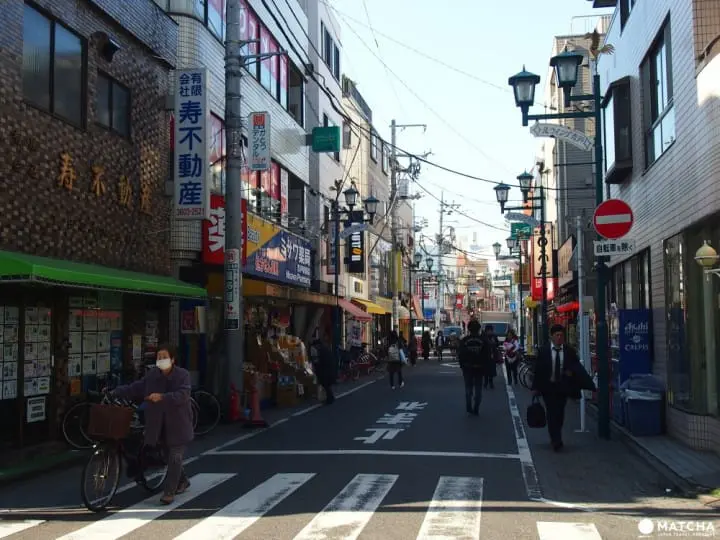
If you just keep going straight along this shopping street for about eight minutes, you'll arrive at Aoto Heiwa Park. It's very easy to get to the park from the train station.
Two Recommended Shops near the Park
Sugito Senbei: Popular with All the Locals
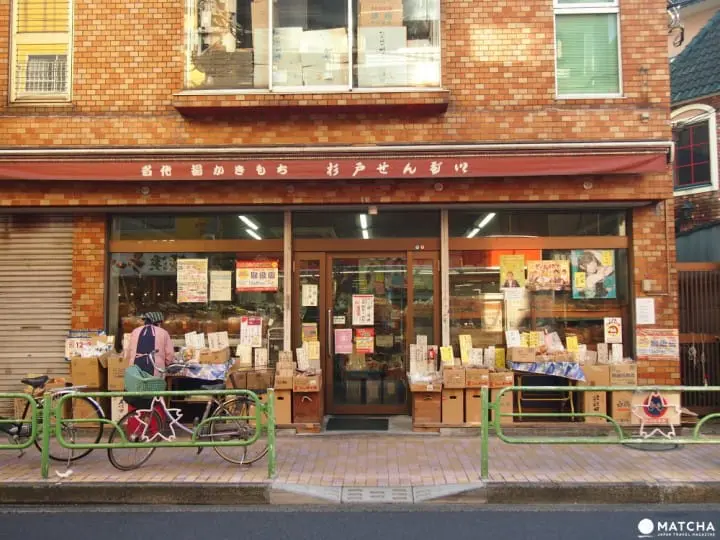
After about three minutes of walking as you head from Aoto Station to Aoto Heiwa Park, Sugito Senbei, a senbei shop with a ninety year history, comes into view. The rice cracker dough, which takes three weeks to make, is then deep-fried in the back of the shop's premises. The most popular item in the shop is age-kakimochi, which retails at 400 yen for one bag. This store is so popular that senbei fans often make a special trip here from far away, so we recommend buying some for a souvenir.
You May Also Like:
Japanese Encyclopedia: Taiyaki and Imagawayaki
Japanese Sweets Exclusive To Tokyo Station? 5 Fun Tokyo Souvenirs!
JOMA: Eat Ramen for Only 500 Yen!
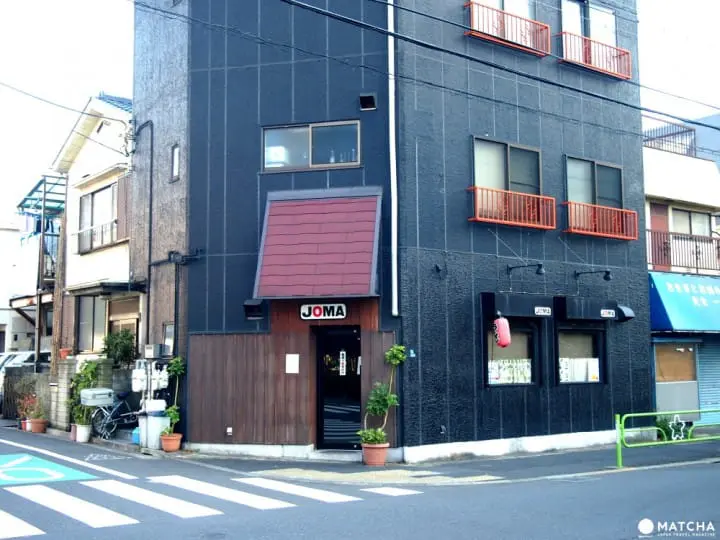
Diagonally across from Aoto Heiwa Park, there's a ramen shop called JOMA, housed inside a prominent looking, black colored building. We've been told that teachers from the local schools often come here to eat, on days when the school lunch isn't served. For only 500 yen you can eat shoyu ramen, and the shop also has miso, shio (salt) and tsukemen, to name just a few other varieties.
You May Also Like:
The King of Refreshing Ramen: AFURI
Popular Around The World! Ichiran's Natural Tonkotsu Ramen
In Closing
So how was that? Going for a stroll through Aoto Heiwa Park while reflecting on the importance of world peace, is a precious experience you can have here in Japan. On your next jaunt to Tokyo, make a stopover at Aoto Station and visit the park, and enjoy a leisurely walk through the neighborhood.
Webライター。東京都葛飾区在住。実家の最寄り駅である京都駅近辺や、葛飾区の魅力ある場所を見つけてご紹介したいと思います。現在の趣味はゲームアプリで世界中の人とUNOをすること!









































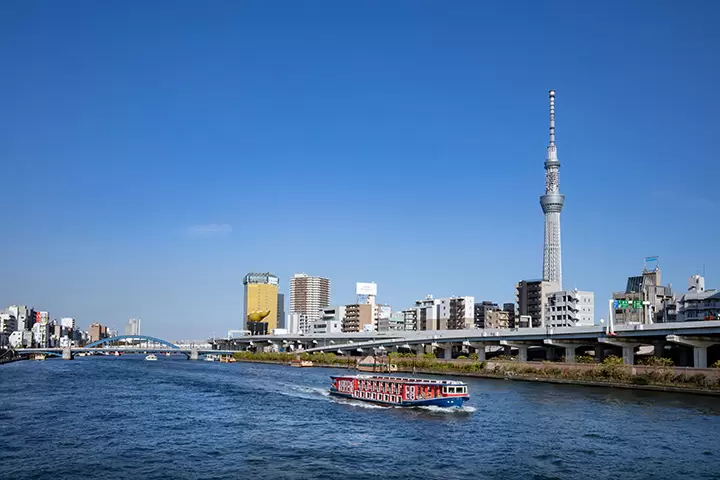


![[Just a short distance from Nagoya] Popular Taiwanese YouTuber Alan tours Aichi, Tokoname!](https://resources.matcha-jp.com/resize/720x2000/2026/01/08-255181.webp)